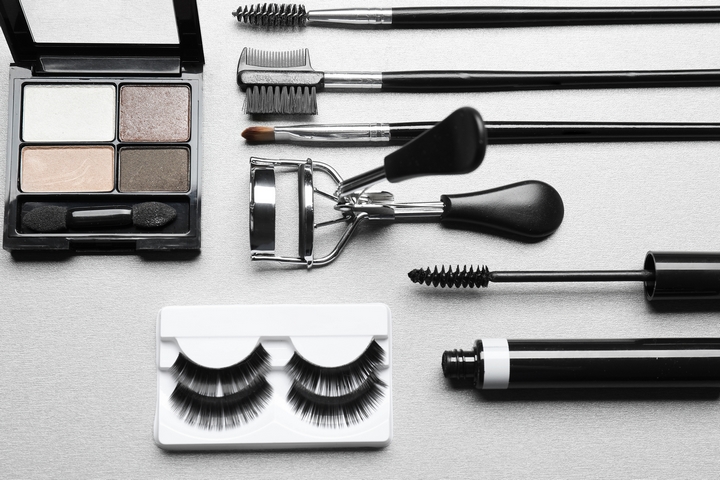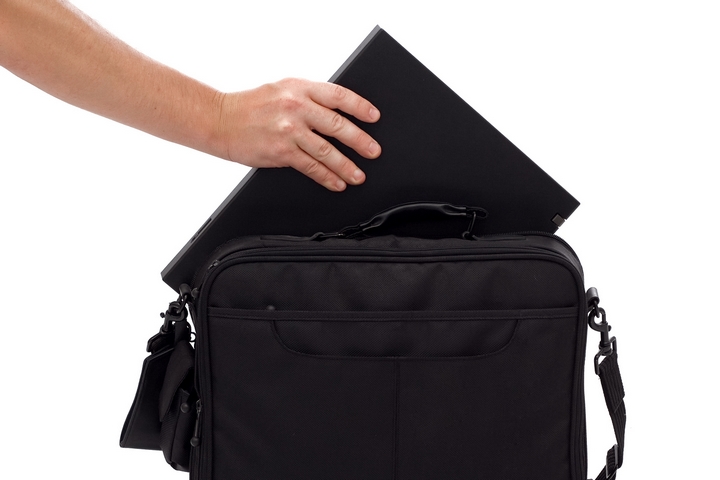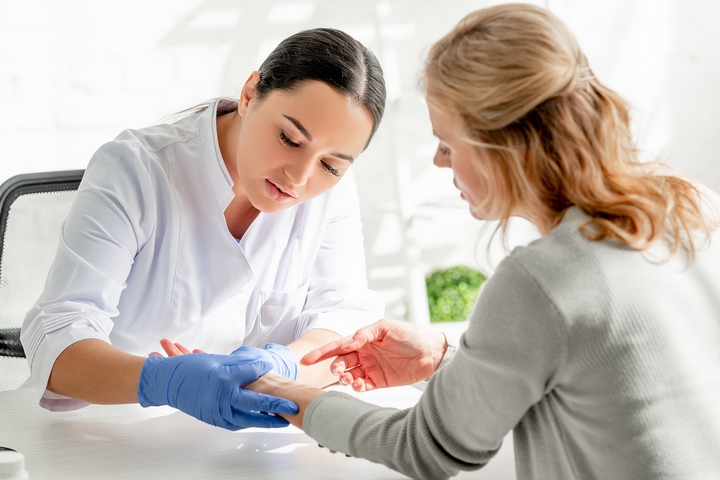
Dermatology is a vital field of medicine, due in part to how severe the extent of skin issues are. Ordinary folks, from all walks of life, can suffer from a wide range of problems. When left untreated, the issue can exacerbate, since the skin is such a vulnerable area of our bodies.
Thankfully, dermatologists can provide safe and effective treatments for a variety of skin conditions. After being referred to one of these experts, you should take some time to lan beforehand. Even with a standard appointment, it helps if you get ready and prepare yourself with the right expectations.
Use these following tips on how to prepare for a dermatologist visit:
1. Dress lightly during your visit
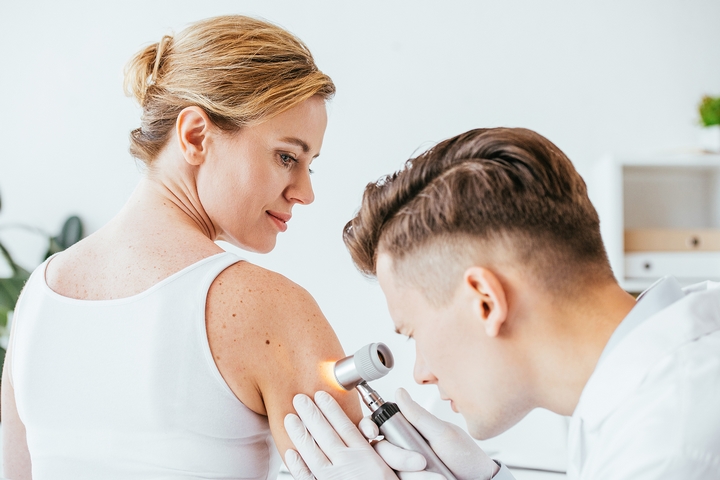
Don’t let the colder weather deter you from doing this, prior to a dermatology visit. Since our clothes will cover our skin outright, you need to dress as loosely as possible. This helps your dermatologist immensely, as they can quickly get to examining the state of your skin.
Wear loose-fitting clothes such as a light shirt or sweater. If your skin issue affects your lower body, wear apparel such as sweatpants. The tighter your clothing is, the more awkward it is when trying to show your skin.
2. List out your cosmetic products
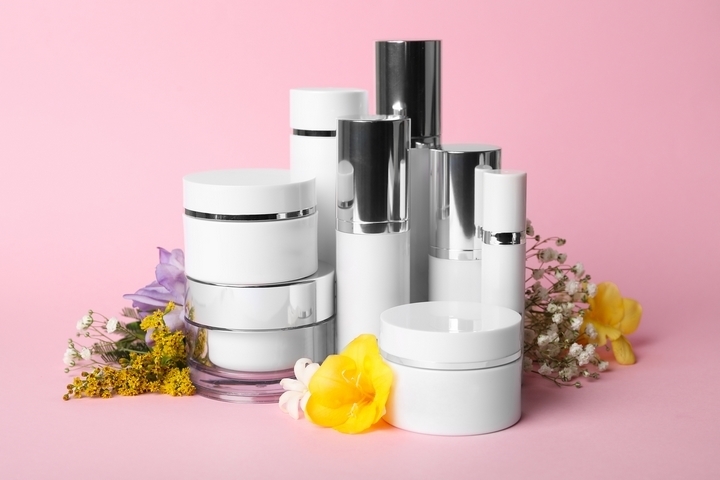
No matter what sort of skin condition you have, you’ll most likely be using a bunch of products. From lotions to prescriptive medication, the ones you use on a daily basis can vary. Before heading into the office, prepare a list of all the products currently used in your skin regiment. This will make things go as smoothly as possible.
Your dermatologist will refer to this list while you are in your appointment. If everything checks out, you will be given a few options. Their recommendation will be to either continue using your products, or to use a new one. Don’t worry about if it is an over-the-counter product either; write it down anyways!
3. Prepare questions for the dermatologist

The patient and doctor process is usually done with the latter asking a ton of questions. This may seem routine, but it is a critical component nonetheless. However, just because questions are being asked of you, doesn’t mean that you can’t ask some as well. It is highly recommended to prepare some questions, prior to the visit.
For example, be sure to ask your dermatologist if there are any new types of topical medicines available. Dermatologists are always keeping track of new developments within the field. Unless they do not ask you, be sure to bring it up. Your skin’s health should always be transparently discussed, during the appointment.
4. Check your insurance coverage
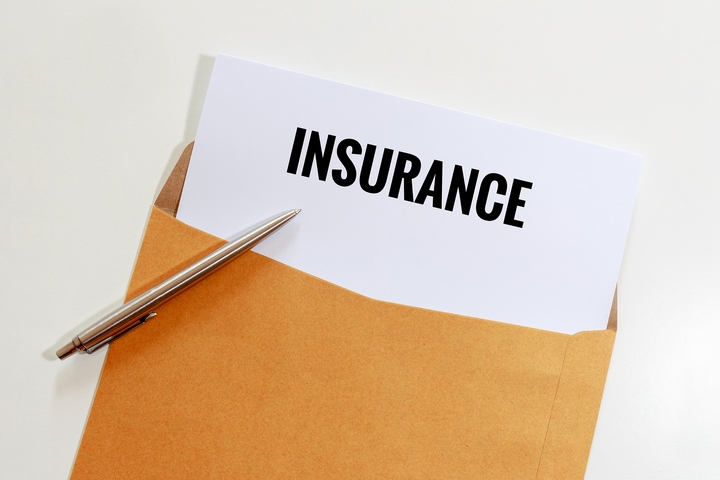
From a financial perspective, you should prepare for a dermatologist visit by checking on your insurance coverage. Even though this may be extremely cumbersome to handle, it is in your best interest to do so anyway. Dermatology visits can be quite the pricey affair after all.
If you have the proper insurance, double check with your provider to see how much can be covered. That way, your wallet won’t run into any, spontaneous issues afterwards.
5. Take notes in your first dermatologist visit

Even the best of us may believe that our minds can remember everything. Contrary to popular belief, this may not always be the case. When you have a dermatology appointment approaching, make sure to pack a notebook or notepad. The visit is the best time to take notes, so that you don’t forget what transpired.
Write down everything that is being recommended to you. The notepad does not have to be a physical one either. Since it will probably be more convenient, you can use the installed app on your smartphone instead. Documentation of the visit is always helpful, especially if you need an occasional reminder.
6. Take photos before your dermatologist visit

For those of us with severe skin conditions, such as psoriasis or eczema, flare ups are a common occurrence. Sometimes, this may happen way before your scheduled appointment. As a result, you should take pictures of your skin when it worsens, and bring them with you.
When taking your shots, be sure to get as close as you can to the affected area. Take the photos in a properly-lit area, so that it is clearly visible. Keep your camera roll on your smartphone empty, so that you can store your photos!
7. Arrive at the dermatologist naturally

With the exception of your usual skincare products, don’t put anything on your skin before checking in. Don’t wear excessive makeup, for example. You want your dermatologist to examine your skin without superficial obstruction.
8. Schedule the next dermatologist visit
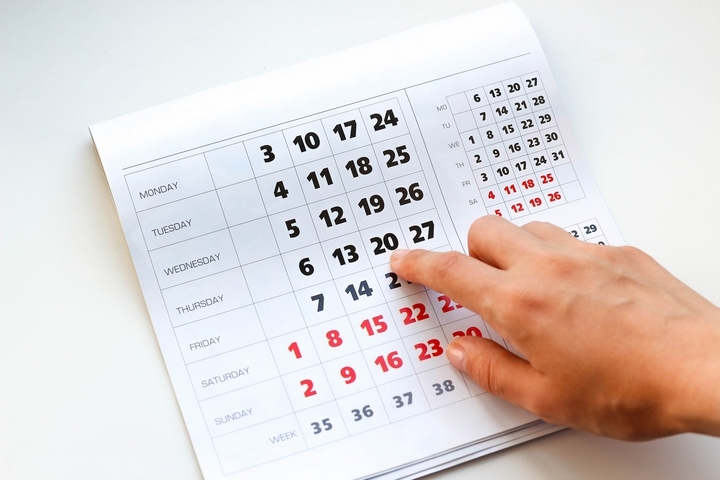
Many patients often forget to do this, once their dermatology visit has been completed. When writing down your notes, don’t forget to schedule a follow-up appointment. Your skin has to be reviewed every so often!
Scheduling a dermatology appointment can be stressful. After all, you are allowing the expert to thoroughly examine you at your most vulnerable state. Just be patient, do your research beforehand, and the actual visit will be a breeze!





